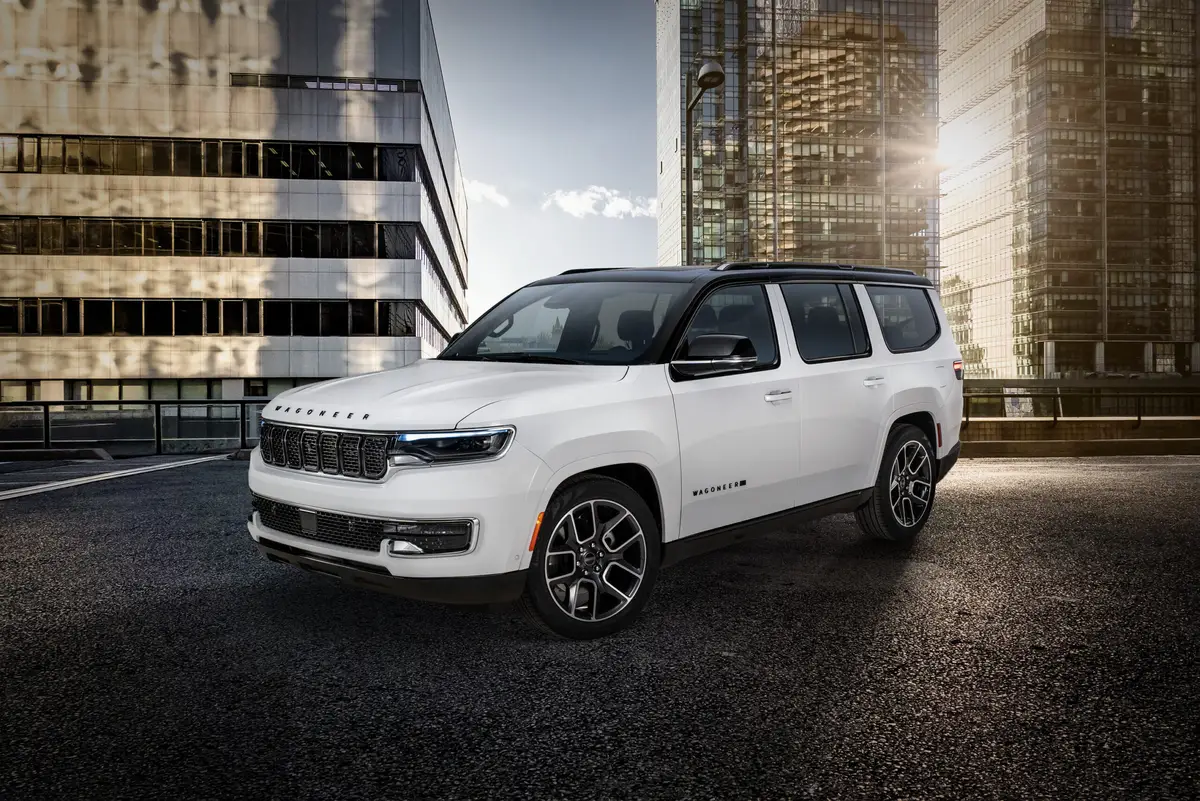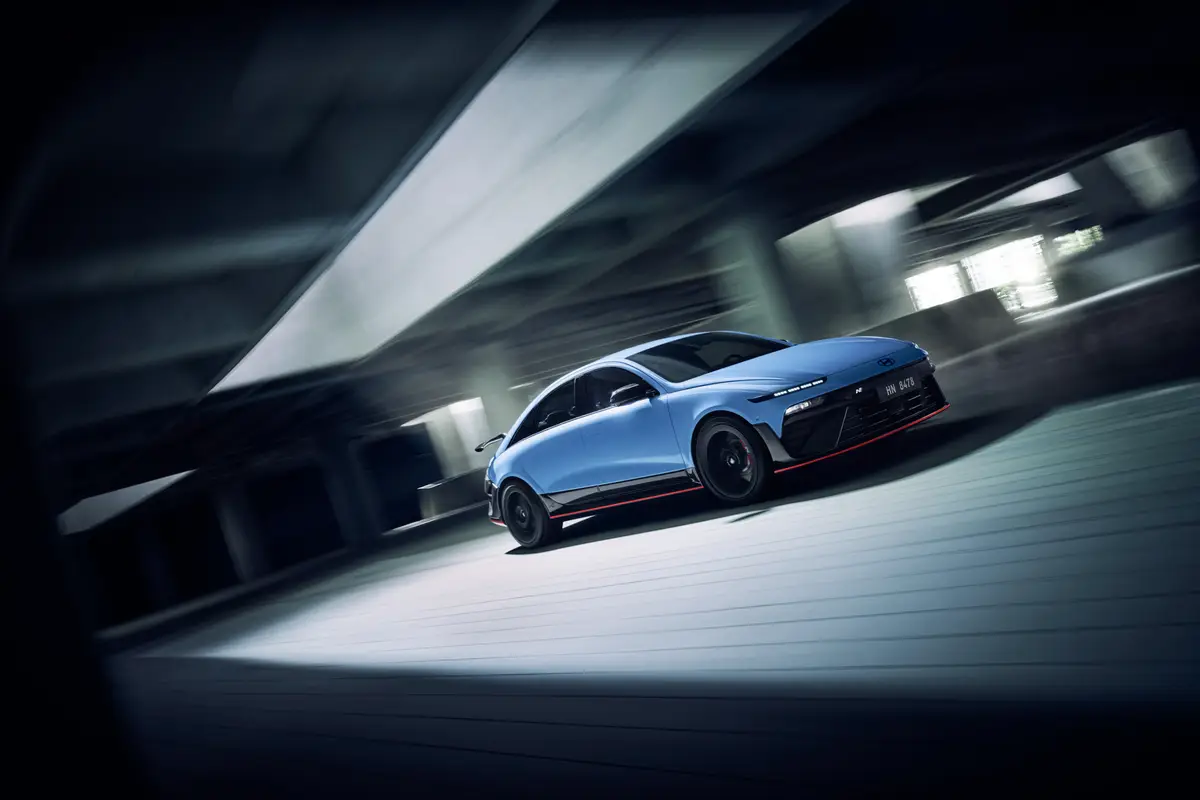AZCentral.com's view
The CR-V is Honda’s first homegrown entry into the wild and woolly world of sport-utility vehicles (the Honda Passport is really a rebadged Isuzu Rodeo).
Unlike the Passport, the CR-V belongs to a relatively new class of subcompact critters that bridges the gap between passenger cars and brawny, truck-based four-wheelers. The versatile, four-wheel-drive CR-V was already a smashing success in Japan before Honda introduced it here in 1996, just after the rave debut of Toyota’s RAV-4.
So far, the CR-V has been a big hit, despite competition from RAV-4, Suzuki Sidekick/Chevrolet Tracker, Kia Sportage and the new Subaru Forester.
The Honda is a bit more staid than the Toyota, maybe not quite as quirky or adventurous looking as its closest rival. But it is fun to drive, and adds an outdoorsy aspect to what otherwise could be dismissed as a tall station wagon.
The electronic all-wheel-drive system on the CR-V, which Honda calls “Real Time 4WD,” allows the ute to zip around most of the time in front-wheel drive. In slippery conditions, such as snow, mud or loose dirt, the system senses wheel spin and sends power to the rear wheels, providing four-wheel traction without the driver touching, or even feeling, a thing.
This is a great system for most purposes, though the CR-V would be hard-pressed to tackle the boulder-climbing chores of the truck-based sport-utility vehicles. Or a comparably priced Jeep Wrangler, for that matter.
But the CR-V has carlike refinement and comfort that the Jeep can only dream about.
Overall, the advantages that CR-V has over its bigger sport-ute brethren, ranging from compacts such as the Passport to the behemoth Chevrolet Suburban, are: more-carlike behavior, better gas mileage and lower initial cost.
You give up the macho appearance and driving stance of the big four-by-fours, and the tougher off-highway abilities of Jeep-like transfer cases, low-range gearing and higher ground clearance.
But how many sport-utility buyers ever use those off-highway capabilities? Or even get their utes off the pavement? Not too many.
CR-V does have other limitations. Powered by a two-liter four with automatic transmission (though stick shift reputedly will be available in the future), its acceleration is leisurely at best. And while it cruises quietly and comfortably at freeway speeds, hill climbing can be somewhat grueling.
And passing maneuvers are a test of faith. It runs out of breath in upper-gear acceleration, and can leave you hanging out there struggling to get back into your lane.
The engine is smooth and quiet, though, even when working hard.
The suspension is typical Honda practice, with double-wishbone suspension for stability and cornering ease, and rack-and-pinion steering for precision and road feel. There’s very little vibration or harshness, especially for an all-wheel drive.
Handling, while tippy due to the high center of gravity, is quick and predictable.
The interi or feels just how you’d expect a Honda sport-ute to feel. Solid, logically arranged and accommodating, the cabin is airy and pleasant, with a high ceiling, and a flat floor, like a minivan. Some thoughtful touches: a cup holder/console that flips up between the front seats and a unique rear cargo floor that doubles as a removable picnic table.
While the CR-V has all the expected crash-safety equipment, one item that costs extra – anti-lock brakes – should be standard. It’s the best crash-avoidance feature since disc brakes.
A new kid in the subcompact neighborhood, the Forester, could give both RAV-4 and CR-V a run for their money, offering greater performance than either, although it’s unlikely Subaru could make any dent in Honda or Toyota sales.
Our test car came well-equipped at just over $21,000, a decent price for an accommodating little ute with a lot of charm and versatility.
1998 Honda CR-V
Vehicle type: Five-passenger, four-door wagon, a ll-wh eel drive. Base price: $20,400. Price as tested: $21,256. Engine: 2-liter inline four, 126 horsepower at 5,400 rpm, 133 pounds-feet of torque at 4,300 rpm. Transmission: Four-speed automatic. Curb weight: 3,164 pounds. Length: 177.6 inches. EPA fuel economy: 22 city, 25 highway. Highs: Versatility. Friendly interior. Advanced all-wheel drive. Lows: Lacks engine power. Anti-lock brakes are optional. Limited off-road ability.
Latest news



